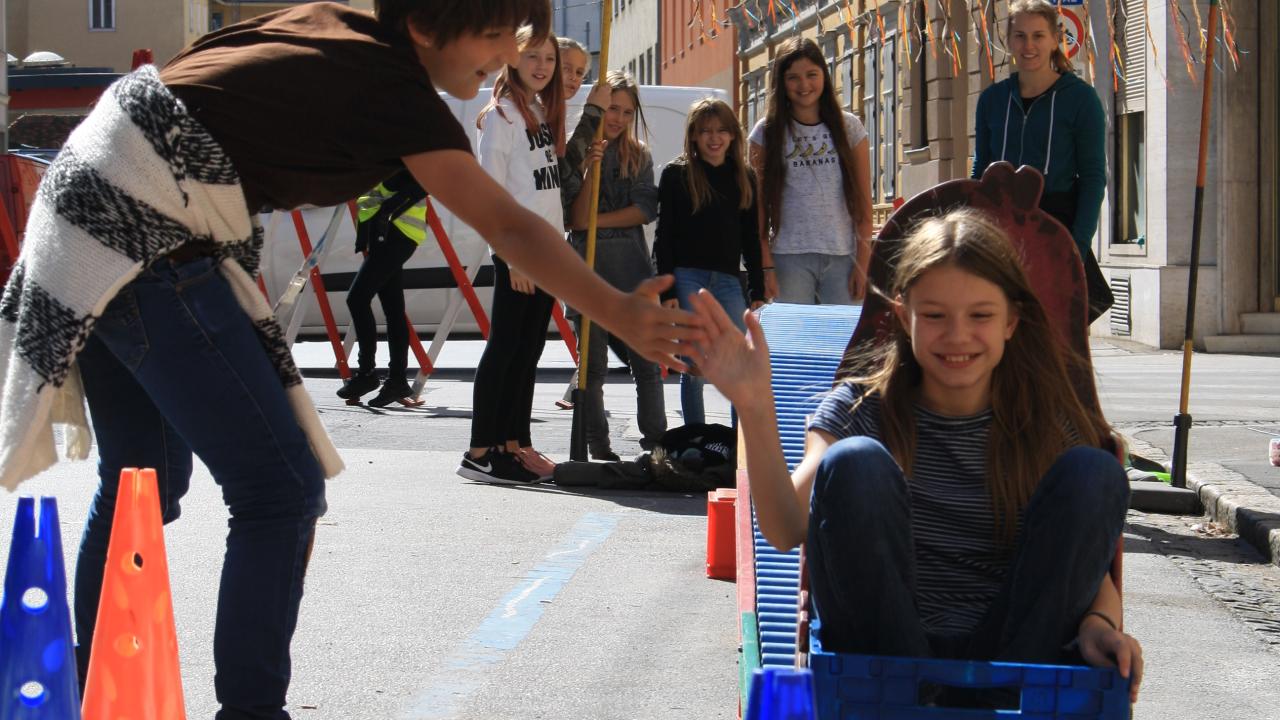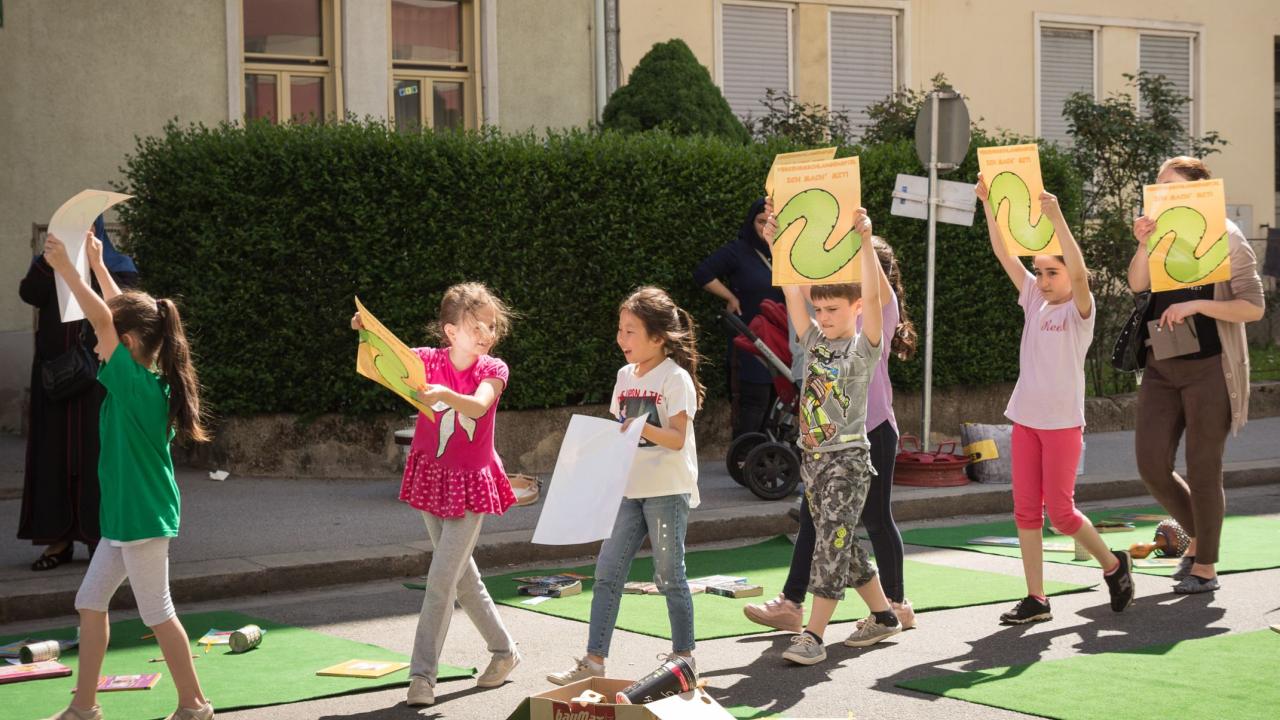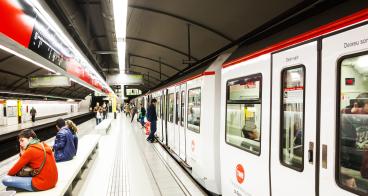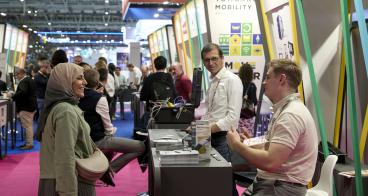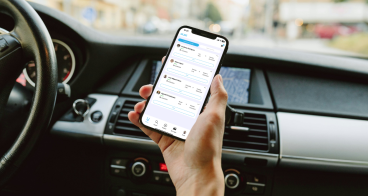Graz: Implementing 'School Living Labs'
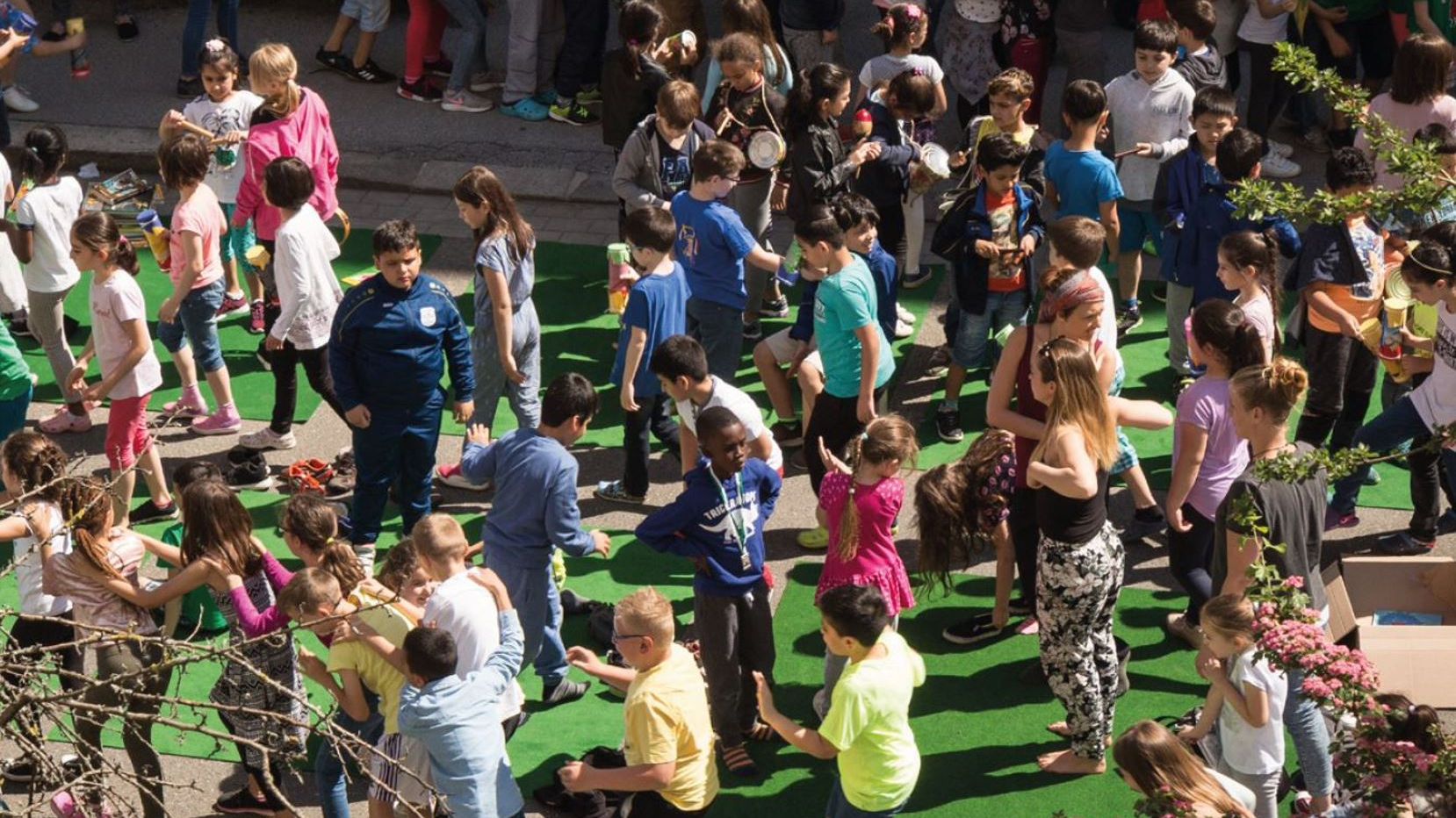
The Challenge
In many cities, parents do not feel safe letting their children walk or cycle to school because of the traffic situation – not realising that they themselves contribute to the dangerous situation by dropping off and picking up their children by car. Graz tried to change this by converting the areas in front of three schools in the district of Lend into “Living Labs”: an area for educational purposes, as well as games and leisure activities.
The School Living Lab idea is based on the premise coined by the Danish urban planner Jan Gehl that a high-quality and sustainable neighbourhood is characterised above all by the number of children in public places (streets, squares, parks). Based on this, the schemes aim was to transform car-oriented neighbourhoods into child-friendly places. This should not only increase the quality of life, but also a change in behaviour with regard to mobility.
In the case of Graz, the central point is trying to give the children free space for lessons in the open air or for free movement. Central here is the use of the potential of the spaces in front of the schools and their conversion from parking spaces to freely usable movement areas for children.
The Solution
The idea was to convert the space outside the school from a two-way road with 16 car parking spaces to a space for 500 children to play and have lessons outside.
From one day to one week, the street in front of the schools were closed to motorised traffic and transformed into Living Labs. In total, over 80 teachers and 1,000 students were involved in the Living Labs. Besides gaining space for the school and its pupils, this action had a positive effect on the traffic behaviour of all participants. Active modes of transportation were promoted as parents could no longer drop off their children in front of the school.
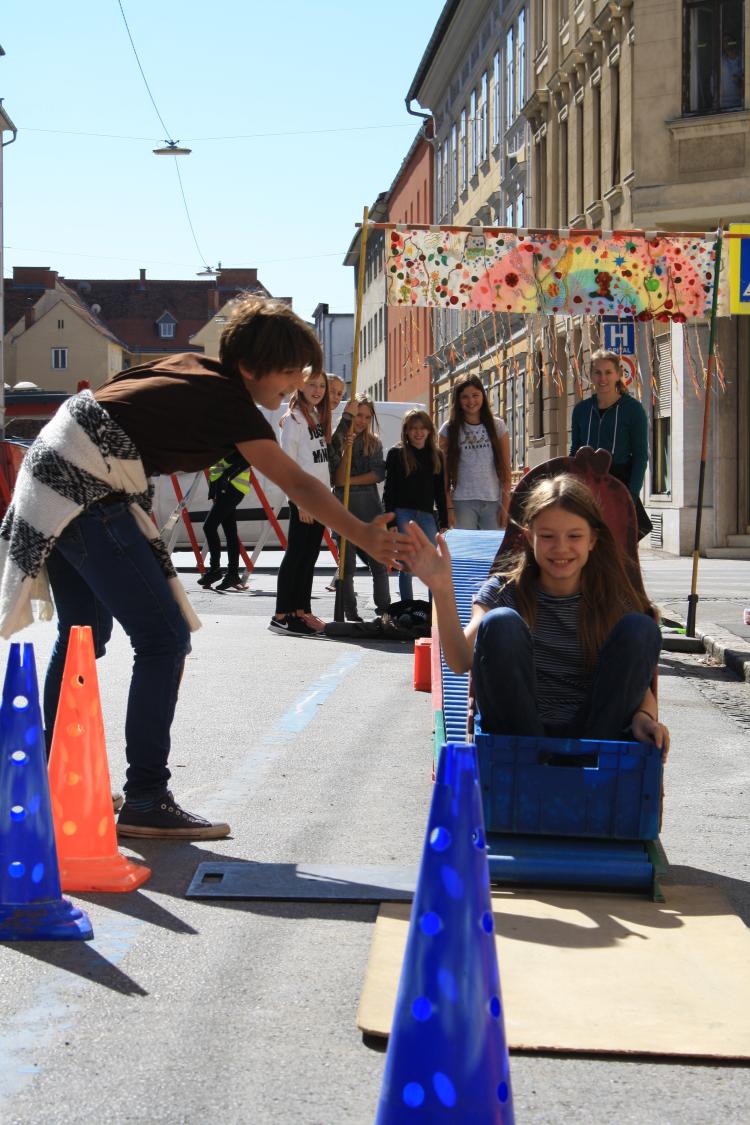
Making an impact
- To reallocate the space in front of schools to children is one of the most effective ways to create a child-friendly neighbourhood. There was an 85% increase in children playing in the streets as a result of the initiative.
- The main focus and great innovation of the scheme is the full involvement of children.
- Living labs in front of schools improve the perception of a street as a lively place. It promotes the exchange between schools and local residents. 75% of local residents thought the scheme was a positive initiative.
- 80 teachers and 1000 school pupils participated.
- The proportion of children transported by car has decreased by 45%.
- 86% of children travelled by sustainable modes (58% walked and 28% used public transport).
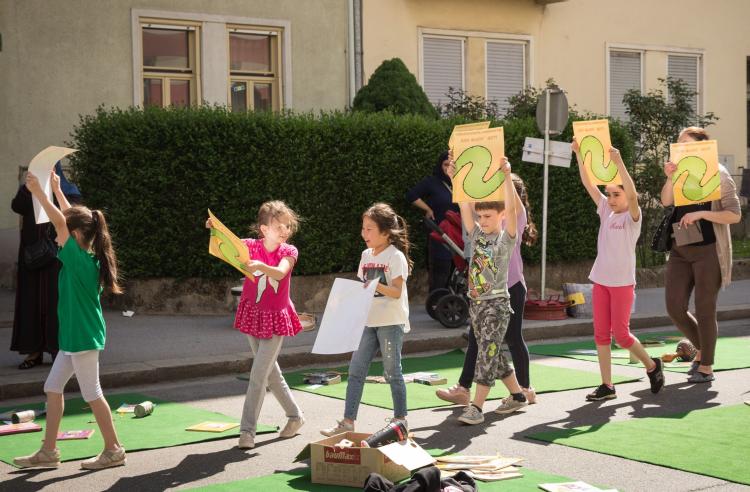
Lessons learnt
It was shown that traffic behaviour has changed: more children came to school on foot than using motorised transport.
The lab experience raised awareness amongst parents of the benefits to active travel.
Recommendations for implementing similar schemes:
- Support schools with analysis and conceptual work as well as with administrative procedures relating to road use for educational purposes.
- Communicate with residents about the change of priorities in street use and involve them in the procedure of long-term changes.
- Make teachers aware about educational materials relating to street transformation, and encourage them to integrate these into teaching lessons.



